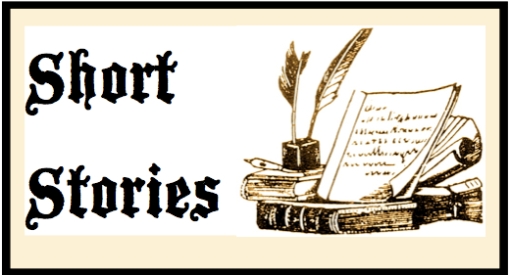If you have missed my previous parts the content is as follows –
Part One – General outline of what a short story entails
Part Two – How to get inspiration for your short story
Part Three – Characters
Part Four – Plotting Your Short Story
Part Five – Point of View in Short Stories
Part Six – Dialogue in Short Stories
Part Seven – First or Third Person
Part Eight – Beginnings and Endings
Part Nine – How To Write Twist In The Tale Short Stories
Whether you believe in them or not ghost stories are really fun to read, they are real page turners. However writing them can be a bit of a challenge because there is a fine line between corny and scary. Hopefully this tutorial will be of good use to you when it comes to you writing your own!
– Use your own experiences. If you have had an experience you felt was supernatural or know someone who has then use those for the basis of your story! Use it as your starting point of inspiration then expand from there.
– You are allowed to use poetic license to turn something that is not scary into something that is terrifying. For example the scary noise you hear in your abandoned loft may actually be an old boiler but you can turn it around and choose something scary to make the noise.
– Research ghost history on google or go to your local library and find some books on ghosts! This is for sure going to give you lots or inspiration to get your mind wurring!
– Ghosts have characters too soo it is up to you whether you decide it is going to be like Casper (the friendly kind) or a mean scary one.
– Spooky settings are just as important as the spooky characters! Build up the tension and scary atmosphere by describing eerie settings.
– Get stuck in, who cares if it’s a little out there? I say the crazier and scarier the better!
– As for mystery stories the best mysteries come from real life inspiration. Ask people what is the most mysterious thing that has happened to them, maybe an object moved in their house but nobody touched it? If you don’t ask people you will never know!
– Watch a lot of detective programmes or films – Jonathan Creek, Sherlock Holmes, New Tricks… things like that!
Hope you have enjoyed my short story tutorials, if you have any questions about any parts (after all there is 10!) just comment below and I will answer them for you! 🙂

